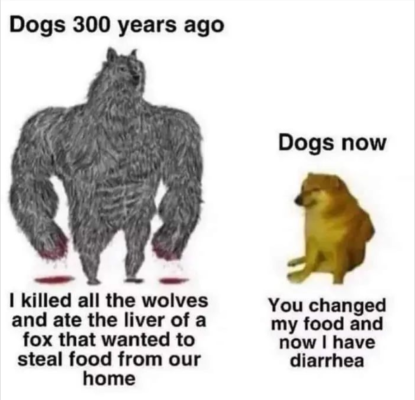
Domestication Has Its Costs
Black soldier flies are increasingly becoming a truly domesticated species. While this shows the impressive progress of this industry, genetic changes connected to domestication may not always be beneficial. A recently published article out of the University of Yaoundé in Cameroon compared several traits between the flies from a laboratory colony and the flies caught out in the wild.
Serge, M.M.P., Loudh, M.G., Yede, N.L.S.G., Sidoine, M.T.C. and Felix, B.B.C., 2023. Differences in Life History Traits and Morphology in Wild vs. Domesticated Populations of Black Soldier Fly, Hermetia illucens (Diptera: Stratiomyidae). Animal and Veterinary Sciences, 11(3), 71-79. doi: 10.11648/j.avs.20231103.13
Abstract
The Black Soldier Fly (BSF) Hermetia illucens is widely studied as a sustainable alternative source of protein. Herein, we evaluated the changes in life history and morphometric traits between wild (WP) and domesticated populations (DP) with implications for larval biomass production. Prepupa stages of both populations were maintained under the same rearing conditions from July 2020 to June 2021. Our results show that the pupation time was longer in WP (10.25 ± 2.66 days) than in DP (7.2 ± 1.1 days). In contrast, the emergence time of BSF adults was shorter in WP (8.3 ± 2.2 days) than in DP (9.7 ± 1.8 days). The courtship was nearly similar in both populations. Mounting and reverse coupling were the two different copulation models used by BSF adults in WP while reverse coupling dominated in DP. The BSF females laid more eggs in WP (1468.75 ± 593.09 eggs) than in DP (246.21 ± 96.23 eggs). The egg stage was similar in length and width in both populations while the morphometric traits in the larval, pupal and adult stages were consistently lower in domesticated than in wild population. The life span of adults (males and females) was longer in DP than in WP. Our findings indicate higher values of morphological traits in WP than in DP, and distinct mating and reproductive behaviours between both populations. Our results suggest ‘domestication syndrome hypothesis’ as the main cause of changes in reproductive behaviour and reduction of size in DP. Therefore, wild population of H. illucens seems be more suitable for maggot mass production as an alternative source of protein for animal feed production.
